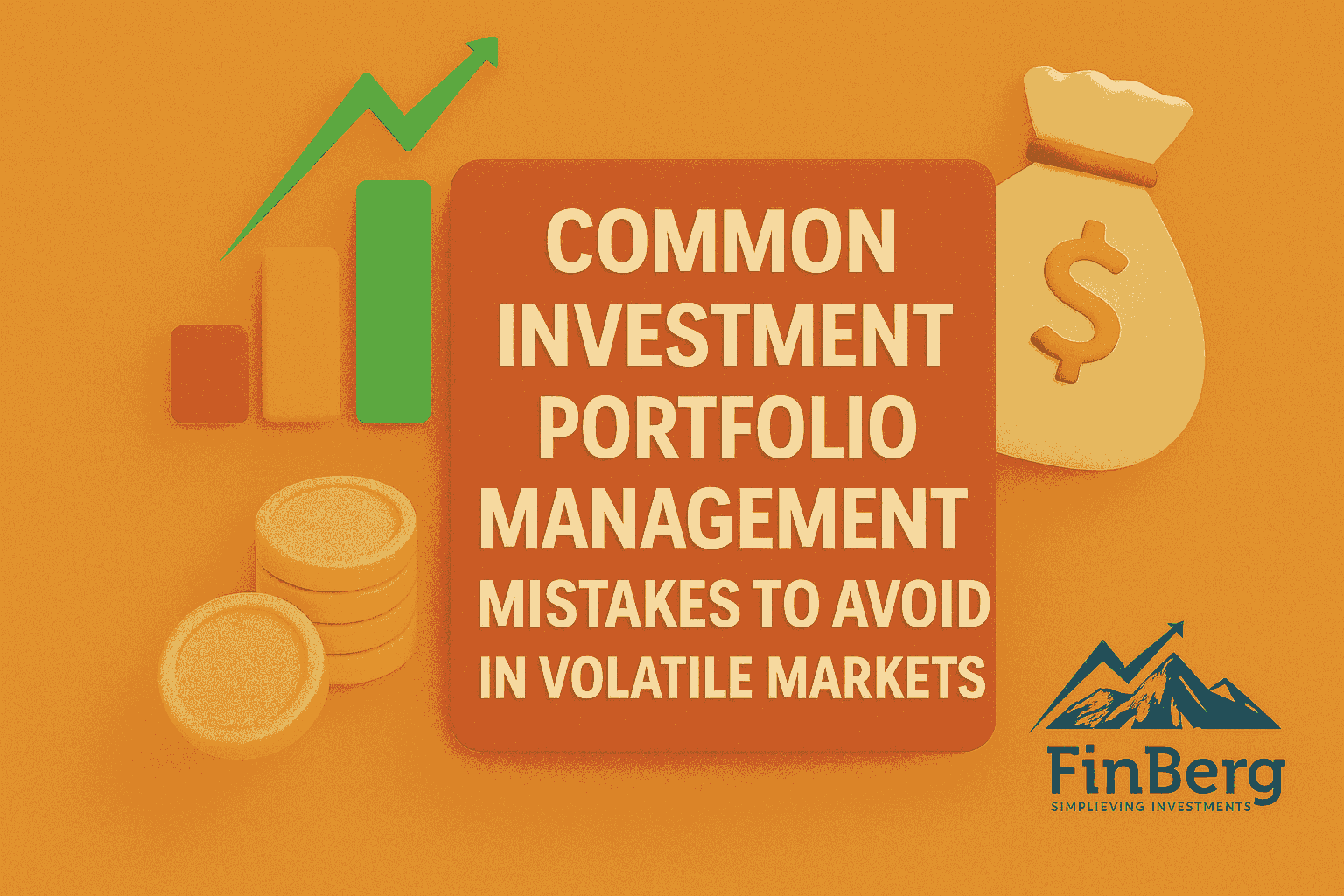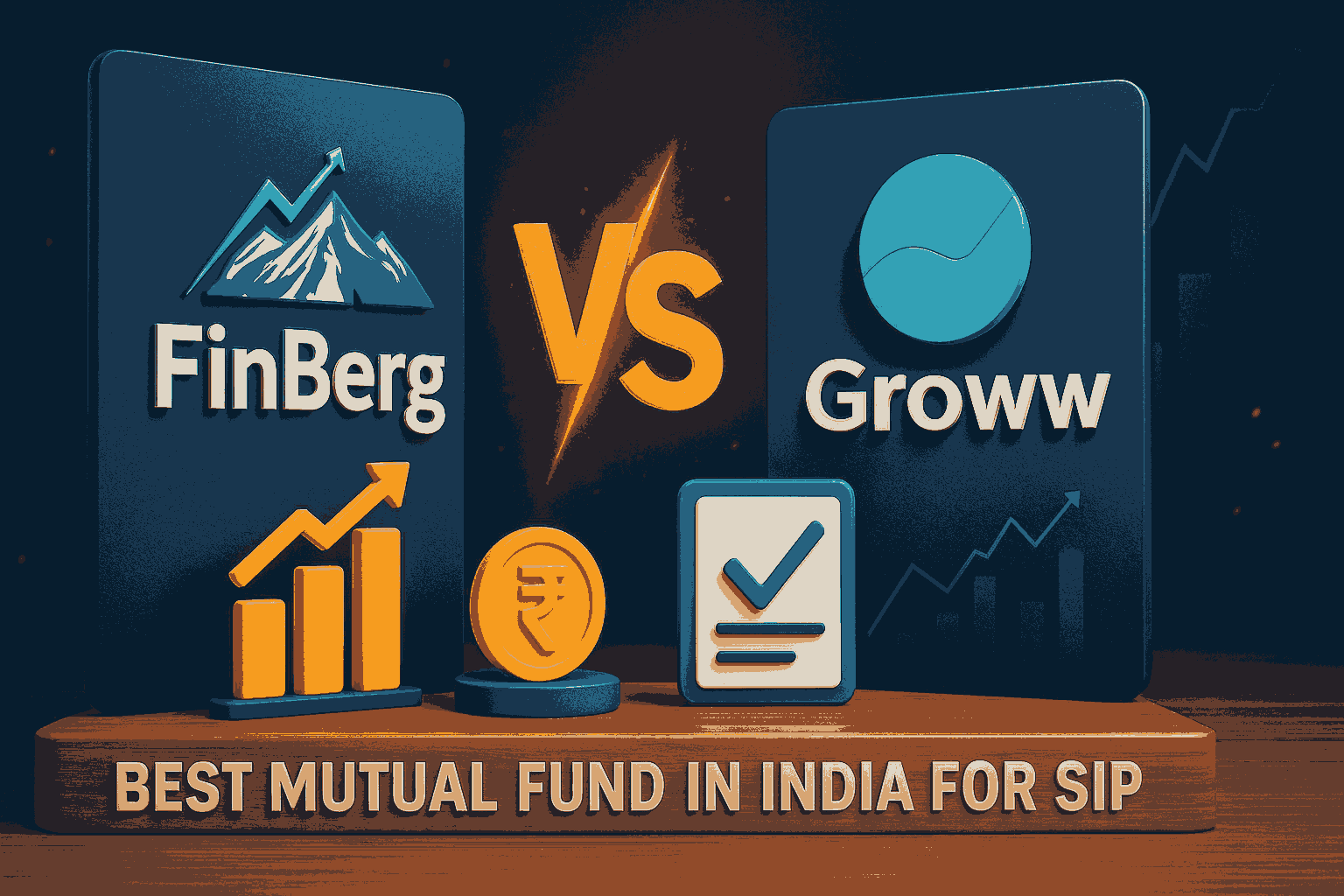Small-Cap vs. Mid-Cap vs. Large-Cap Investments in India: Risk and Reward

Investing in stocks requires a combination of risk-taking and planning, especially in a country with a vibrant and expanding economy like India. Knowing the distinctions between small-cap, mid-cap, and large-cap stocks is essential to portfolio construction since each has a different risk reward profile. To assist you in making wise financial choices, let's examine these areas in more detail.
Understanding Market Capitalisation
In essence, a company's market value is determined by multiplying its share price by the total number of outstanding shares, which is known as market capitalisation, or "cap". In general, Indian businesses fall into one of three categories:
- Large-cap: Reputable businesses with a market value of at least ₹20,000 crore. Businesses with a market value between ₹5,000 crore and ₹20,000 crore are referred to as large-caps.
- Mid-cap: Businesses with a market value between ₹5,000 crore and ₹20,000 crore are referred to as mid-caps.
- Small-cap: Businesses with less than ₹5,000 crore in market capitalisation
Large-Cap Stocks: Moderate Growth and Stability
Large-cap stocks, sometimes referred to as "blue-chip" equities, are representations of reputable businesses with a solid track record, including Infosys, TCS, and Reliance Industries. These businesses have solid foundations, a wide range of clients, and steady profits.
The advantages of large-cap stocks:
- Growth Potential: Because of their growing market share and improved operational efficiency, mid-cap companies have the potential to develop more quickly than large-cap companies.
- Less Volatility: Mid-caps are typically more stable than small-caps, although being riskier than large-caps.
- Diverse Opportunities: These businesses frequently work in niches or new industries with a lot of room for growth.
Mid-cap stock risks include:
- Moderate Risk: It could take some time for mid-cap stocks to recover from market downturns.
- Issues with Liquidity: Mid-cap stocks may not have as much liquidity as large-cap stocks, yet being superior to small-cap equities.
Small-Cap Stocks: High Risk, High Potential
Newer or expanding businesses that might not have the same track record as large-cap stocks but nonetheless have exciting growth prospects are represented by small-cap stocks. Stocks of new businesses in specialised areas, technology, or healthcare are a few examples.
The advantages of small-cap stocks:
- Greater Growth Potential: Small-cap firms can yield remarkable returns, especially if they grow rapidly, and are frequently in growth periods.
- Undervalued Opportunities: Small-cap stocks are occasionally undervalued, offering an opportunity to invest at alluring rates, as a result of decreased market awareness.
- Flexibility and Innovation: Small businesses are able to take advantage of new opportunities because they can change course and adjust to market changes more quickly.
Small-cap stock risks include:
- Volatility: Conservative investors should avoid small-cap equities since they are far more volatile than large-cap companies.
- Problems with liquidity: It could be more difficult to sell small-cap stocks fast, particularly during a down market.
- Vulnerability to Market Conditions: Due to their limited financial resources and market share, small-cap enterprises may face difficulties during economic downturns.
Selecting the Best Investment for Yourself
Take into account your investing horizon, financial objectives, and risk tolerance when choosing between small-cap, mid-cap and large-cap stocks:
- Risk Tolerance: While small-cap and mid-cap stocks are appropriate for investors who can tolerate greater risk, large-cap stocks are generally safer for those who are risk averse.
- Investment Horizon: Small-caps often need a long-term horizon to realize their growth potential, while mid-caps and large-caps can provide returns over shorter periods.
- Diversification: You can balance risk and reward by spreading your investments across large, mid, and small-cap stocks.
Conclusion
Opportunities for small-, mid-cap, and large-cap stocks are varied in India's vibrant stock market Mid-caps balance growth and risk, small-caps offer high-reward potential for daring investors, while large-caps offer stability and steady returns. You may build a portfolio that performs well throughout market cycles by matching your investment approach to your time horizon, risk tolerance, and financial objectives.
Powered by Froala Editor








.png)



